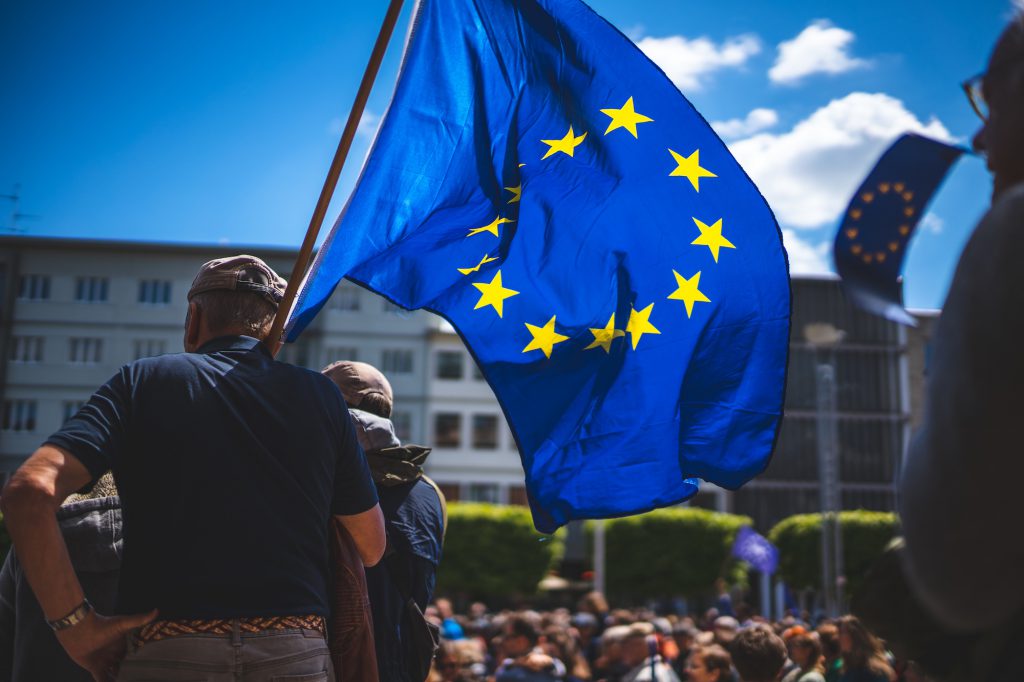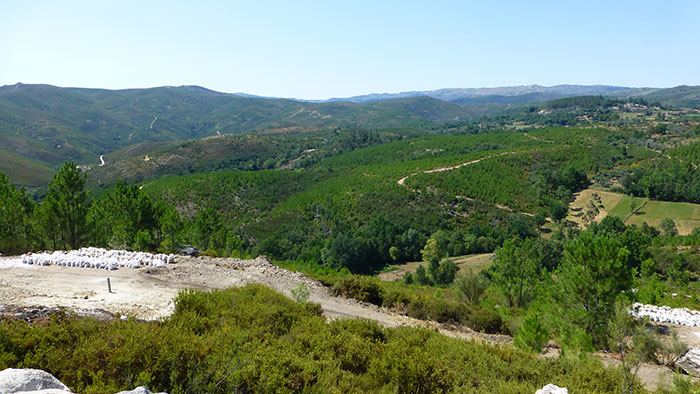
A new industrial revolution is brewing in Europe. It is one in which mining is expected to have a central role in redeveloping the continent’s main industries, while embracing an entirely new approach to resources extraction centred on people and green technologies.
The automotive sector alone will need greater supplies of lithium, nickel, copper and rare earths as carmakers move away from internal combustion engines to electric vehicles (EVs).
That’s why the continent, which has a long history of mining, is working on making sure the new wave of resource exploitation applies lessons learned from countries like Canada and Australia.
Miners in those nations have already faced challenges locally and abroad when dealing with local communities and governments’ expectations, though a ‘magic formula’ is far from being reached.
“We need to differentiate utopia from vision,” says Wolfang Reimer, Managing Director, Geokompetenzzentrum Freiberg, a German NGO involved in a continental-wide group working on outlining a framework for acquiring a social licence to operate (SOL) in Europe.
“Continental Europe is a probably pristine mining frontier with multiple world class deposits, which can’t be developed using conventional extractive methods”
Simon Michaux, Senior Scientist at the Geological Survey of Finland
“Our continent does not have a vast presence of aboriginal peoples or empty, mineral-rich land in which to explore and build new mines,” he told participants in a workshop on SLO organized by the Mining and Metallurgical Regions of the EU (MIREAU) project. “Yet, local attitudes towards mining contradict the increasing need for new sources of metals and minerals.”
While the continent’s mining potential has yet to be determined, there are a significant number of closed mines that could be financially viable with new technology. “Most of Europe has not been surveyed below a depth of 100m,” says Simon Michaux, senior scientist at the Geological Survey of Finland. “Continental Europe is probably a pristine mining frontier with multiple world class deposits that can’t be developed using conventional mining methods,” he says.
In Michaux’s opinion, this part of the world faces challenges such as accessing deposits located on historic sites, or under recently developed highways, which guarantees community opposition.
“If Europe wants to maintain its sovereignty in current market conditions and socioeconomic circumstances, when global trade is no longer fair, then the EU will have to source its own raw materials by developing its own mining operations,” Michaux warns.
Some states are already approving exploration plans and allowing companies to reopen idled mines. As those projects are carried out at local levels, regions are key actors in ensuring a continued supply of mineral raw materials to the European economy, says Pamela Lesser, researcher at the University of Lapland, Finland.
Europe faces unique challenges to obtaining society’s approval, such as potentially having to access deposits located on historic sites, or under recently developed highways
Simon Michaux, senior scientist at the Geological Survey of Finland
Lesser is one of the academics working on the MIREU project, which aims to bring together mining and metallurgy regions from across Europe to work together on improving the conditions for sustainable access and supply of raw materials in the area.
There are a few recent examples of growing mining activity in the old continent.
In February, Norway gave the green light to a copper mine near Europe’s northernmost point despite years of opposition from indigenous Sami herders and fishermen.
But Nussir ASA, the company which will operate the mine, has committed to halt mining during the reindeer spring migration.

Savannah Resources is currently advancing its Mina do Barroso project in Portugal, which is expected to become the continent’s first significant producer of spodumene, a hard-rock form of lithium.
Cornish Lithium aims to extract lithium from hot water brines below the surface in the ancient mining region of Cornwall, in south-west England.
Sirius Minerals (LON:SXX), the British company building a huge fertilizer mine beneath a national park, secured in April a ten-year supply and distribution deal in Europe.
The Woodsmith mine, poised to be one of the world’s largest in terms of the amount of resources extracted, is set to generate an initial 10 million tonnes per year of polyhalite. That figure is expected to double once it reaches full capacity by 2024.